The phenomenon of tape saturation has long been revered in the world of audio engineering for its unique ability to impart warmth, depth, and character to recorded sound. At the heart of this effect lies the harmonic distortion curve, a complex interplay of nonlinearities that defines how magnetic tape responds to varying levels of input signal. Unlike digital clipping, which produces harsh and often unpleasant artifacts, tape saturation introduces a series of harmonic overtones that are musically pleasing to the human ear. This characteristic has made it a sought-after tool in both vintage and modern music production.
When an audio signal is recorded onto magnetic tape, the medium’s inherent properties begin to shape the sound in subtle yet profound ways. As the input level increases, the tape reaches a point where it can no longer linearly reproduce the signal. This nonlinearity gives rise to harmonic distortion, a phenomenon where additional frequencies are generated as multiples of the original signal. The harmonic distortion curve of tape saturation is distinctive because it emphasizes even-order harmonics—such as the second and fourth harmonics—which are often described as sounding "smooth" or "musical." These harmonics contribute to the perceived warmth and richness of the audio, a quality that digital emulations strive to replicate.
The relationship between input level and harmonic generation is not linear but follows a gradual curve. At lower levels, the distortion is minimal, and the tape behaves almost transparently. As the signal approaches the tape’s saturation point, the harmonic content begins to rise, adding complexity and density to the sound. Pushing the signal further into saturation results in a compression-like effect, where the dynamic range is subtly reduced while the harmonic overtones become more pronounced. This behavior is why tape saturation is often used to glue mixes together, providing a cohesive and polished sound without the need for heavy-handed processing.
One of the most fascinating aspects of tape saturation is its dynamic response. Unlike static distortion effects, tape saturation reacts differently depending on the frequency and transient content of the input signal. High-frequency transients, for example, tend to saturate more quickly than lower frequencies, leading to a natural softening of harsh edges. This frequency-dependent saturation contributes to the "vintage" character often associated with tape recordings, where the high end is slightly rolled off and the midrange is enhanced. Engineers have exploited this property for decades to tame overly bright recordings or to add a sense of analog authenticity to digital productions.
The harmonic distortion curve of tape saturation also varies depending on the type of tape formulation and the machine used. Different tape formulations—such as ferric oxide, chromium dioxide, or metal particle—exhibit unique saturation characteristics, with some emphasizing higher harmonics and others favoring a more balanced response. Similarly, the bias and equalization settings of the tape machine play a crucial role in shaping the distortion profile. These variables allow engineers to fine-tune the saturation effect to suit the material being recorded, whether it’s a punchy drum track or a delicate vocal performance.
In the digital age, the quest to replicate tape saturation has led to the development of sophisticated plugins and hardware emulations. These tools aim to capture not just the harmonic distortion curve but also the subtle nuances of tape behavior, such as hysteresis and modulation noise. While digital emulations have come a long way, many engineers still argue that the real magic lies in using actual tape machines. The tactile experience of threading tape, the slight unpredictability of the medium, and the organic way it interacts with sound are elements that software struggles to fully reproduce.
Despite the challenges of maintaining vintage tape machines, their enduring appeal speaks to the irreplaceable quality of tape saturation. Whether used sparingly to add a touch of analog warmth or pushed to extremes for creative effect, the harmonic distortion introduced by tape remains a powerful tool in the audio engineer’s arsenal. As technology continues to evolve, the lessons learned from tape saturation—its dynamic response, its musical harmonics, and its ability to transform sterile recordings into living, breathing art—will undoubtedly continue to influence the way we approach sound.
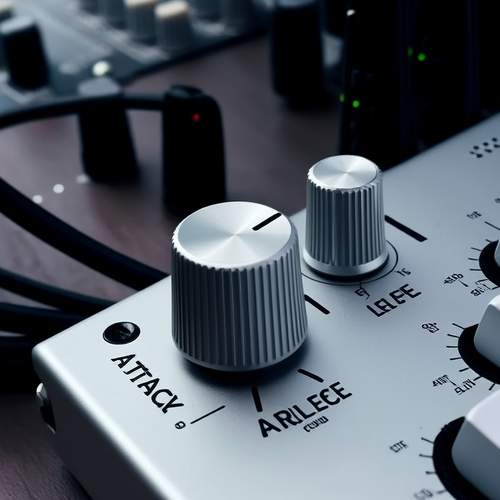
By /May 30, 2025
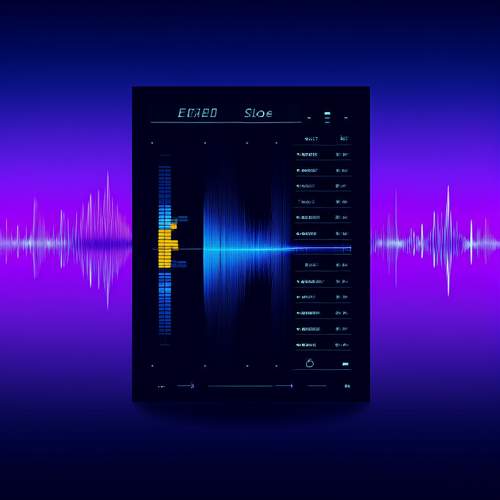
By /May 30, 2025
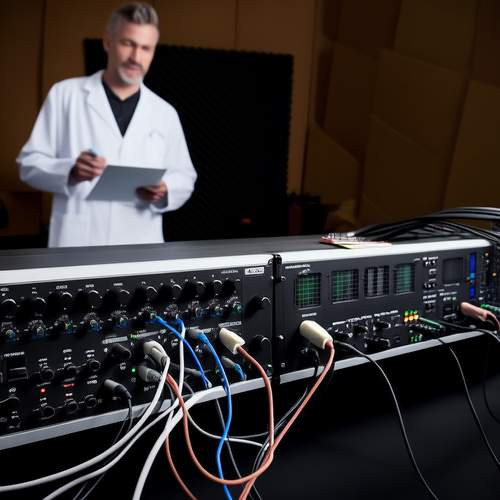
By /May 30, 2025
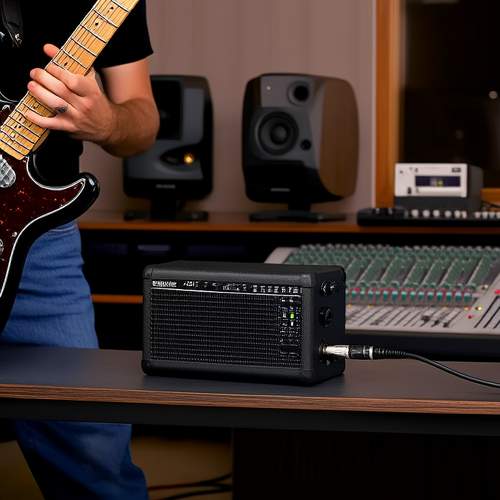
By /May 30, 2025
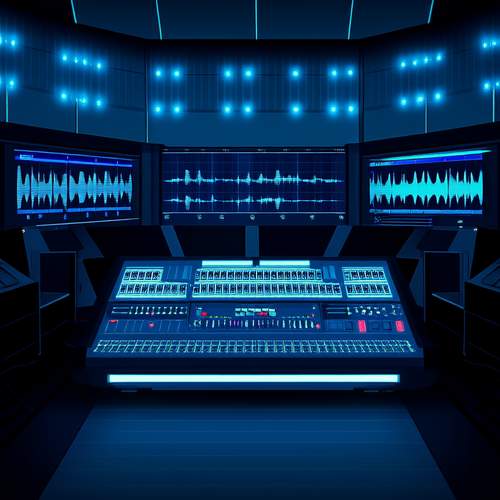
By /May 30, 2025

By /May 30, 2025
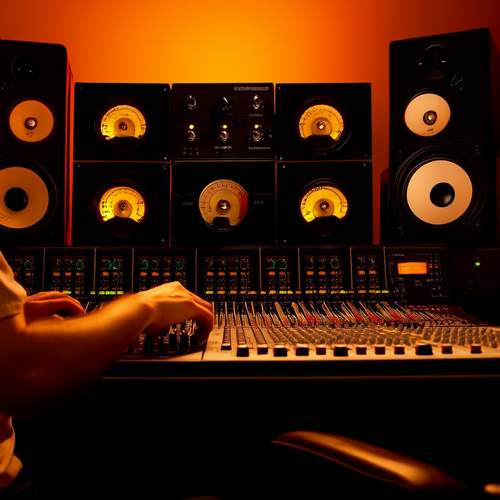
By /May 30, 2025
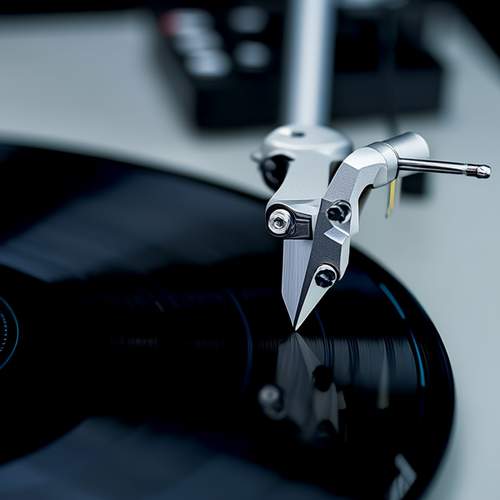
By /May 30, 2025

By /May 30, 2025
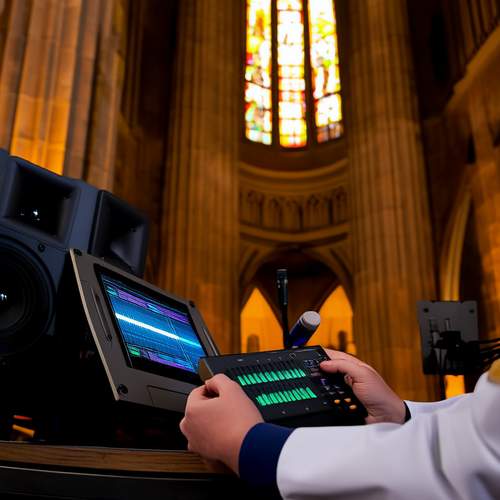
By /May 30, 2025
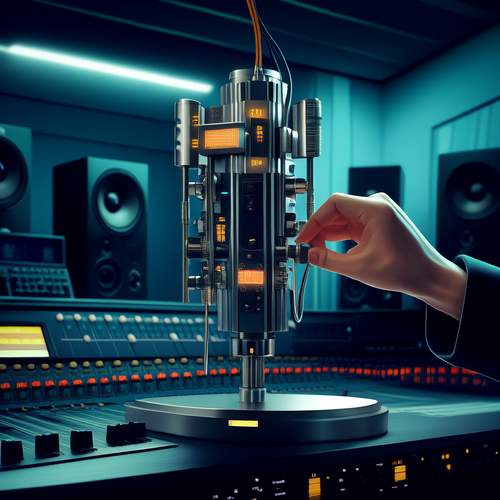
By /May 30, 2025

By /May 30, 2025

By /May 30, 2025

By /May 30, 2025
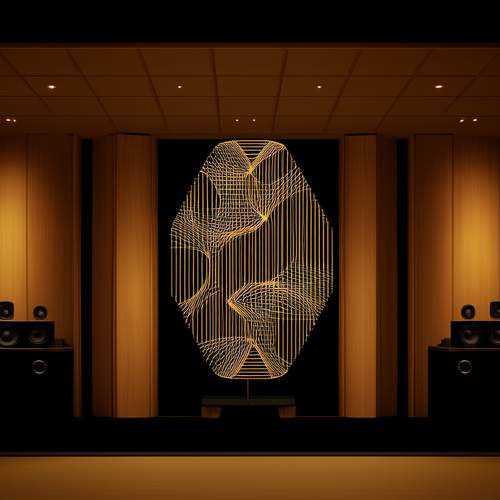
By /May 30, 2025
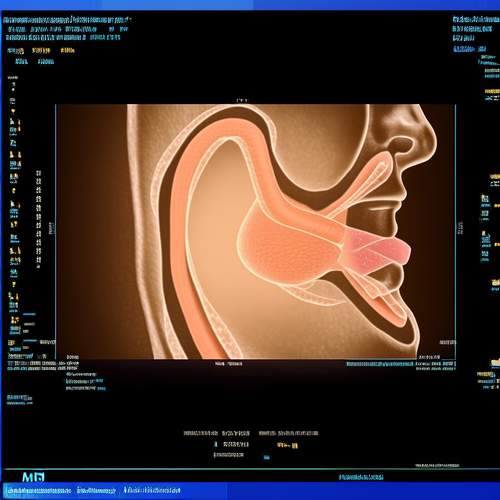
By /May 30, 2025

By /May 30, 2025
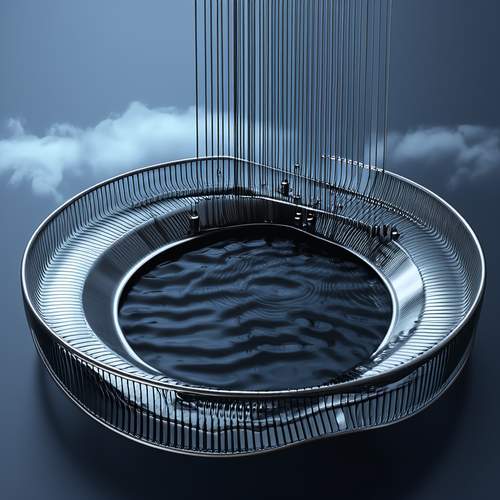
By /May 30, 2025

By /May 30, 2025
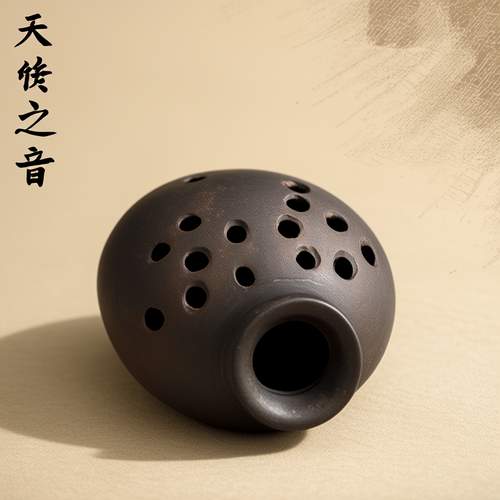
By /May 30, 2025